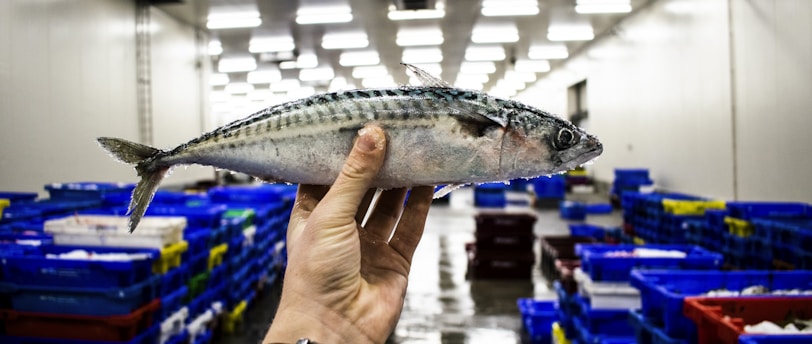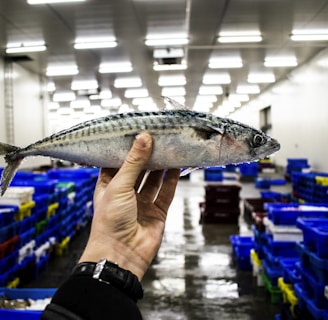Trends and Innovations: A Look into Vietnam's Evolving Seafood Export Industry
In the ever-changing landscape of global trade, Vietnam's seafood export industry stands at the forefront of innovation and adaptation. Let's dive into the trends and innovations shaping the trajectory of this dynamic sector:
PAPER RESEARCH


1. Sustainable Practices
Vietnamese seafood exporters are increasingly embracing sustainable practices. From responsible fishing methods to eco-friendly aquaculture, the industry is aligning with global expectations for environmentally conscious production.
2. Technological Integration
Technology is revolutionizing the seafood export process. Traceability systems, blockchain, and digital platforms are being integrated to enhance transparency, quality control, and supply chain management.
3. Product Diversification
Vietnam is expanding its seafood product offerings. Beyond traditional exports, there's a growing focus on value-added and processed seafood products. This diversification caters to evolving consumer preferences and opens up new market segments.
4. Quality Assurance
Ensuring high-quality seafood is a top priority. The industry is investing in advanced processing technologies and stringent quality control measures to meet and exceed international standards. This commitment enhances the reputation of Vietnamese seafood on the global stage.
5. Market Intelligence and Consumer Trends
Vietnamese exporters are leveraging market intelligence to stay ahead of consumer trends. Understanding preferences, dietary shifts, and emerging culinary demands allows for targeted product development and strategic market positioning.
6. E-commerce and Digital Marketing
The rise of e-commerce has transformed the way seafood is marketed and sold. Vietnamese exporters are capitalizing on online platforms, employing digital marketing strategies, and participating in virtual trade events to reach a broader audience and streamline transactions.
7. Certification and Compliance
Certifications such as MSC (Marine Stewardship Council) and ASC (Aquaculture Stewardship Council) are gaining prominence. Meeting these standards not only ensures market access but also communicates a commitment to sustainable and responsible seafood practices.
8. Global Partnerships
Vietnamese seafood companies are actively forming global partnerships. Collaborations with international distributors, retailers, and seafood industry stakeholders contribute to a more interconnected and resilient global seafood supply chain.
9. Health and Wellness Trends
As health-conscious consumer trends continue to rise, the industry is responding with seafood products that highlight nutritional benefits. Marketing seafood as a healthy and protein-rich option aligns with contemporary dietary preferences.
10. Climate Resilience
Recognizing the impact of climate change on seafood production, Vietnamese exporters are adopting climate-resilient practices. This includes adapting to changing environmental conditions and exploring innovative solutions to mitigate potential challenges.
Vietnam's seafood export industry continues to thrive, showcasing a commitment to innovation and sustainability that sets it apart on the global stage. The nation's proactive strategy positions Vietnamese seafood as a sought-after and competitive player in the international market.
Explore the seas of seafood export success! Learn key considerations for a prosperous venture at this link!
